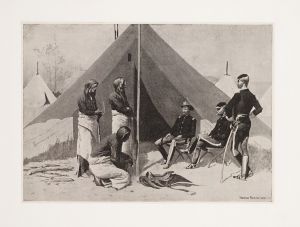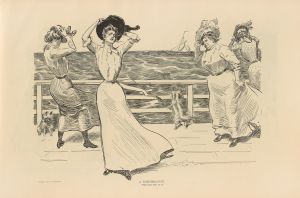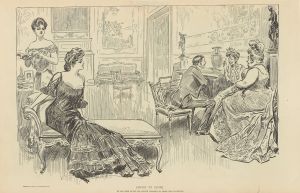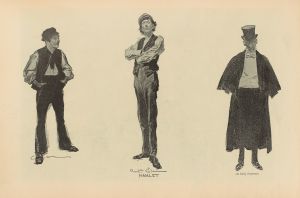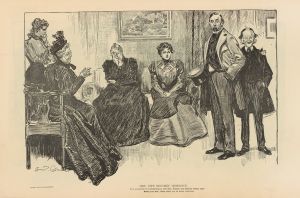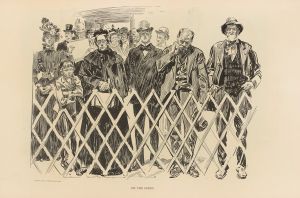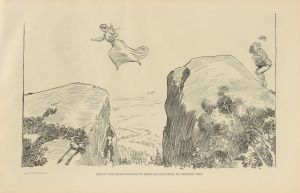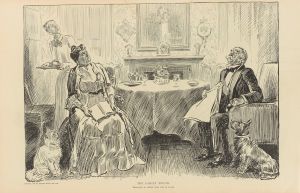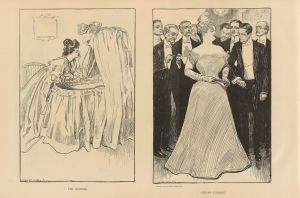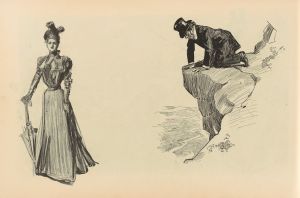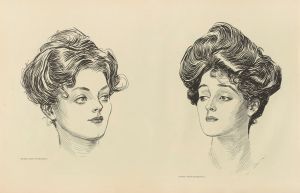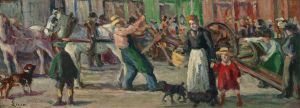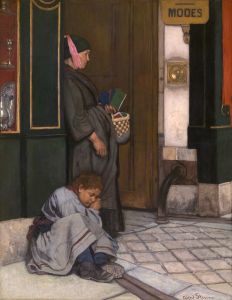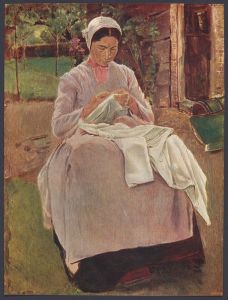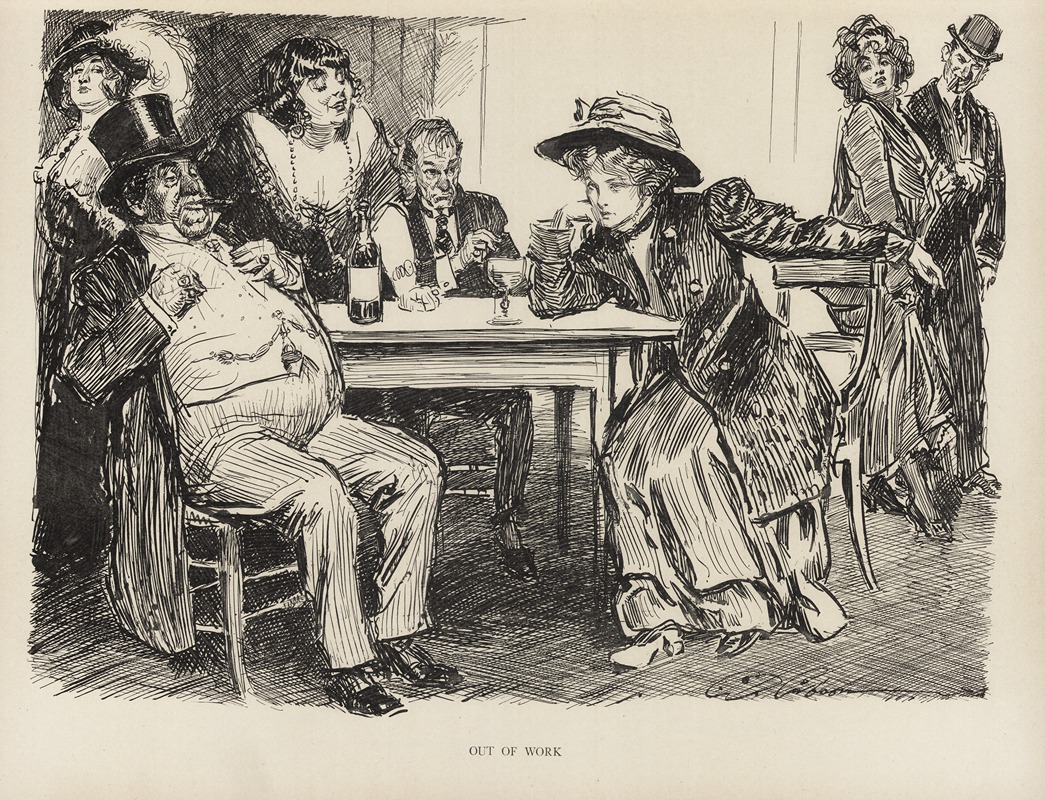
Out of work
A hand-painted replica of Charles Dana Gibson’s masterpiece Out of work, meticulously crafted by professional artists to capture the true essence of the original. Each piece is created with museum-quality canvas and rare mineral pigments, carefully painted by experienced artists with delicate brushstrokes and rich, layered colors to perfectly recreate the texture of the original artwork. Unlike machine-printed reproductions, this hand-painted version brings the painting to life, infused with the artist’s emotions and skill in every stroke. Whether for personal collection or home decoration, it instantly elevates the artistic atmosphere of any space.
"Out of Work" is a notable illustration by Charles Dana Gibson, an influential American graphic artist best known for his creation of the iconic "Gibson Girl." This particular work, created in the early 20th century, reflects Gibson's keen ability to capture the social and cultural nuances of his time through his detailed and expressive pen-and-ink drawings.
Charles Dana Gibson was born on September 14, 1867, in Roxbury, Massachusetts. He gained widespread recognition in the 1890s and early 1900s for his illustrations that appeared in popular magazines such as Life, Harper's Weekly, and Scribner's. His work often depicted the idealized American woman, known as the "Gibson Girl," who became a symbol of feminine beauty and independence during the Progressive Era.
"Out of Work" is one of Gibson's many illustrations that delve into the societal issues of his era. The drawing portrays a poignant scene of a man, presumably unemployed, sitting on a bench with a dejected expression. The simplicity of the composition, combined with the detailed rendering of the man's weary face and posture, effectively conveys the emotional weight of unemployment and economic hardship.
The early 20th century was a period of significant economic and social change in the United States. The country experienced rapid industrialization, urbanization, and a growing disparity between the wealthy and the working class. Unemployment and labor unrest were common, and Gibson's work often reflected these themes, providing a visual commentary on the struggles faced by ordinary Americans.
Gibson's illustrations were not just artistic expressions but also served as social critiques. Through his work, he highlighted the challenges and injustices of his time, using his platform to bring attention to issues such as gender roles, economic inequality, and the human condition. "Out of Work" is a prime example of how Gibson used his art to evoke empathy and provoke thought among his audience.
The impact of Gibson's work extended beyond the pages of magazines. His illustrations influenced fashion, popular culture, and even the perception of gender roles in early 20th-century America. The "Gibson Girl" became a cultural icon, representing a new, modern woman who was both beautiful and independent. While "Out of Work" does not feature the "Gibson Girl," it nonetheless showcases Gibson's ability to capture the essence of his subjects and the times they lived in.
Charles Dana Gibson continued to produce influential work until his death on December 23, 1944. His legacy as a pioneering illustrator and social commentator remains significant, and his illustrations continue to be studied and appreciated for their artistic merit and historical value.
In summary, "Out of Work" by Charles Dana Gibson is a powerful illustration that encapsulates the economic struggles of early 20th-century America. Through his detailed and emotive pen-and-ink drawings, Gibson provided a window into the lives of ordinary people, highlighting the social issues of his time and leaving a lasting impact on American art and culture.





